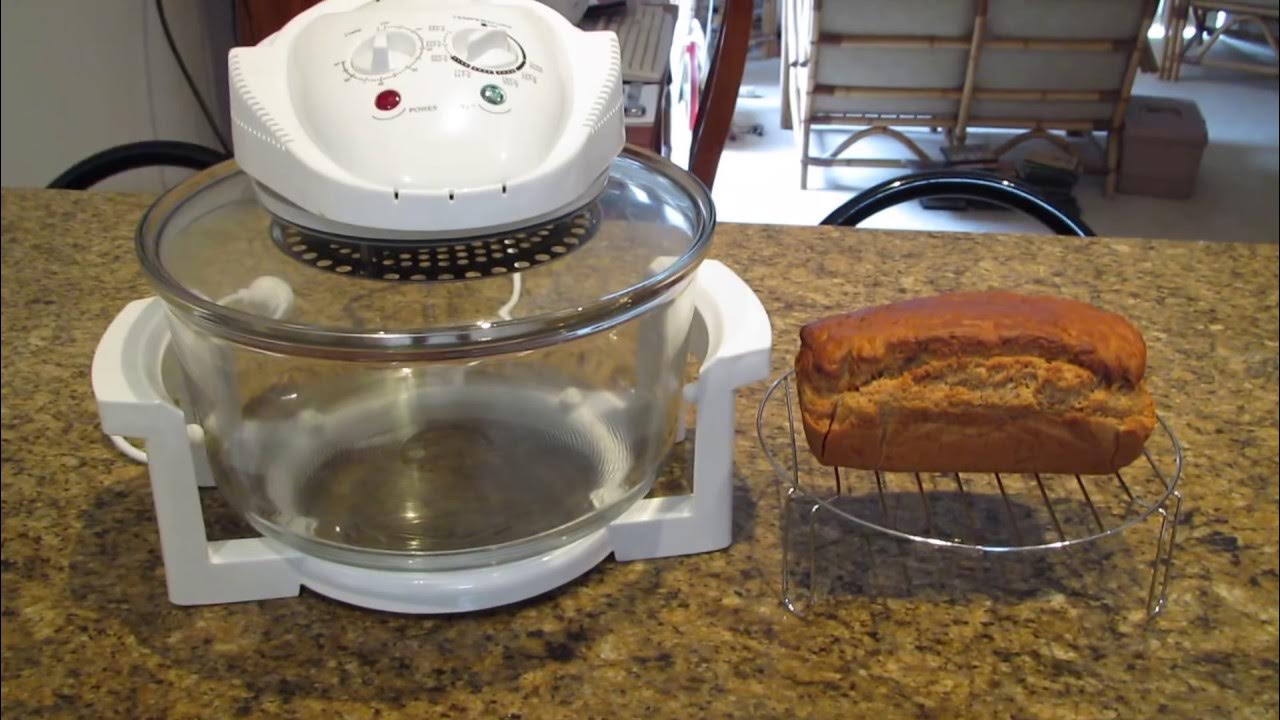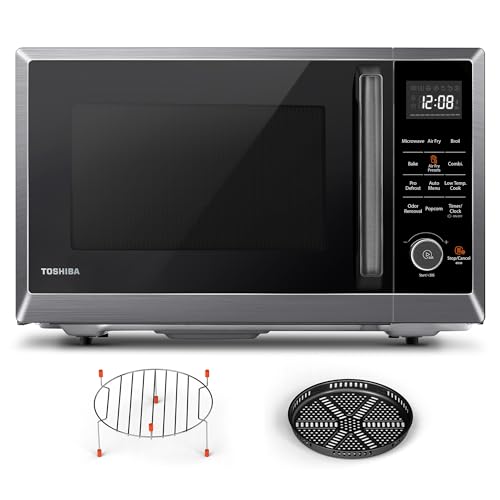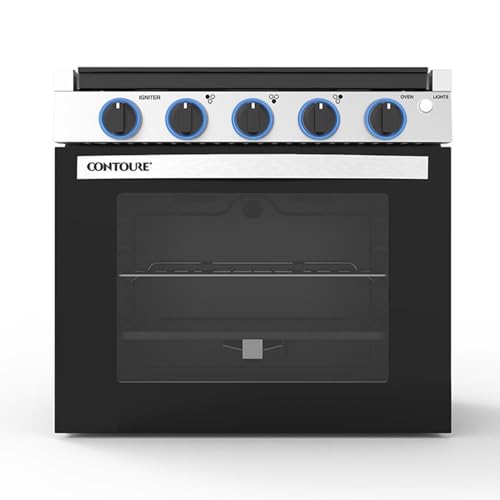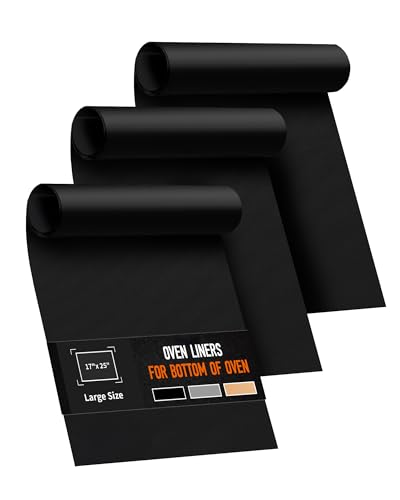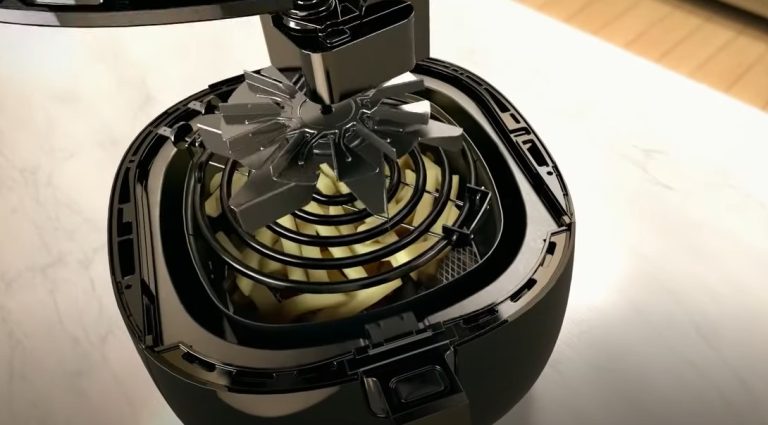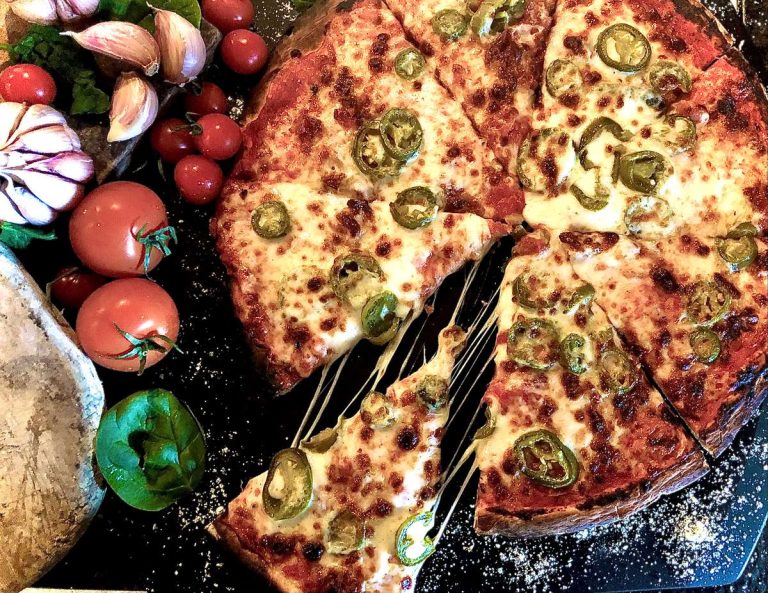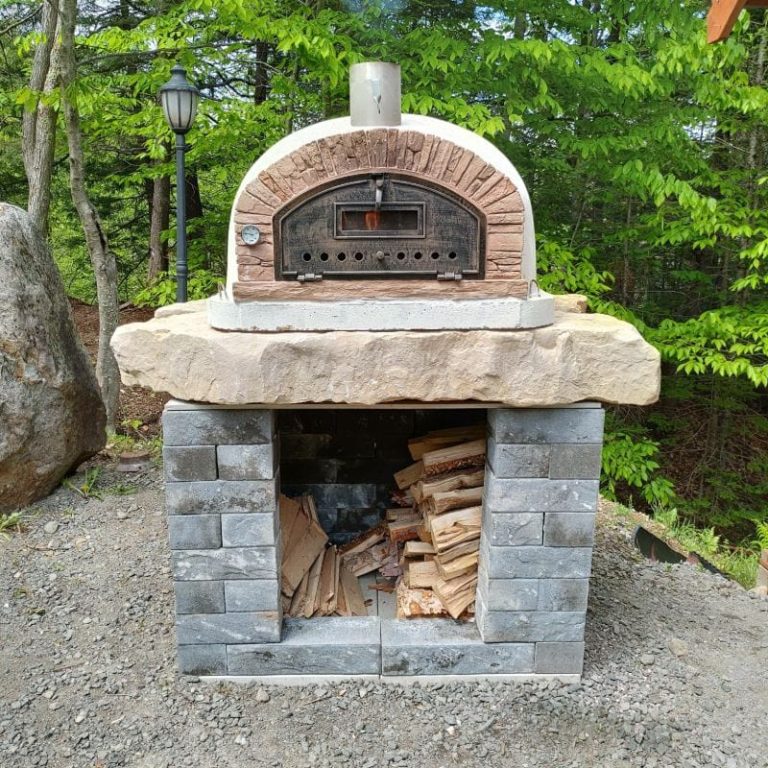Bake Bread in Convection Oven: Master the Perfect Loaf
Imagine the aroma of freshly baked bread wafting through your home. It’s warm, inviting, and utterly irresistible.
But what if you could achieve that perfect loaf using your convection oven? Yes, you read that right. Your convection oven is not just for roasting or reheating; it can be your secret weapon for baking mouthwatering bread. Whether you’re a seasoned baker or a newbie in the kitchen, the wonders of convection baking might just surprise you.
In this guide, you’ll uncover the simple steps and tips needed to transform basic ingredients into bakery-quality bread right in your own kitchen. Ready to impress your taste buds and those of your loved ones? Keep reading, because the secret to perfect bread is just a few paragraphs away.

Credit: www.youtube.com
Bake Bread in Convection Oven
Choosing The Right Ingredients
Baking bread in a convection oven offers many advantages. It ensures even baking with consistent heat distribution. To achieve the perfect loaf, start with the right ingredients. The quality of your ingredients will greatly affect the taste and texture of your bread. Let’s explore how to choose the best components for your recipe.
Flour
Flour is the foundation of any bread recipe. Choose high-quality flour for better results. Bread flour is ideal due to its higher protein content. It gives your bread structure and chewiness. Whole wheat flour adds a nutty flavor and is more nutritious. Experiment with different types to find your perfect blend.
Yeast
Yeast is crucial for the bread’s rise and texture. Active dry yeast is common and easy to use. Instant yeast works faster and doesn’t require proofing. Ensure your yeast is fresh for the best results. Check the expiration date before using it.
Water
Water binds your ingredients together. Use filtered or bottled water for the best quality. Tap water with high chlorine content can affect yeast activity. Water temperature is key. Warm water helps yeast activate, but too hot can kill it.
Sugar
Sugar feeds the yeast and enhances flavor. It also helps with browning the crust. Use granulated sugar, honey, or molasses. Each adds a unique flavor to your bread. Adjust the amount based on your taste preference.
Salt
Salt controls yeast growth and enhances flavor. It strengthens the dough structure. Use fine sea salt or kosher salt for even distribution. Avoid using too much salt as it can inhibit yeast activity.
Fats
Fats add moisture and softness to your bread. Butter, oil, or shortening are common choices. They also enrich the flavor. Use unsalted butter to control the salt level. Measure carefully to keep the bread light and tender.
Preparing Your Dough
Baking bread in a convection oven starts with preparing your dough. This step is crucial for achieving perfect bread. A well-prepared dough leads to the right texture and flavor. Let’s explore the essential steps for dough preparation.
Gather Your Ingredients
Start by gathering your ingredients. You need flour, yeast, salt, and water. Ensure they are fresh and high-quality. Fresh ingredients make a big difference in flavor.
Measure Precisely
Measuring ingredients accurately is key. Use a kitchen scale for the best results. Precise measurements ensure consistent texture and taste.
Mix Thoroughly
Mix your ingredients until combined. Use a stand mixer or your hands. Mix until the dough is smooth and elastic. This process develops gluten, essential for bread’s structure.
Knead Your Dough
Kneading strengthens the dough. It improves elasticity and texture. Knead for about 10 minutes. The dough should be smooth and springy.
Let It Rise
Allow the dough to rise. Cover and place in a warm area. This process is called fermentation. It enhances flavor and makes the dough airy.
Punch Down
Punch down the risen dough to remove air bubbles. This prepares it for shaping. It ensures even baking and a uniform crumb.
Shape Your Dough
Shape the dough according to your recipe. You can make loaves or rolls. Carefully shape to avoid deflating the dough.
Final Proof
Let your shaped dough proof again. This step allows further rising. It is crucial for achieving light and fluffy bread.
Setting Up The Convection Oven
Baking bread in a convection oven offers a unique experience. This method promises evenly baked loaves with crisp crusts. Setting up the convection oven properly is crucial. It ensures your bread turns out just right.
Preheating The Oven
Begin by preheating the convection oven. Set it to the required temperature. This step is vital for consistent baking. Preheating guarantees even heat distribution. Your bread will bake uniformly.
Adjusting Temperature Settings
Convection ovens circulate hot air, reducing baking time. Lower the temperature by 25 degrees Fahrenheit. This adjustment helps prevent over-browning. It ensures the bread cooks through perfectly.
Arranging Oven Racks
Proper rack placement affects baking results. Position racks in the center for even heat exposure. Avoid placing bread too close to the top. This prevents uneven cooking or burning.
Using Bakeware
Choose the right bakeware for your bread. Light-colored pans reflect heat better. They help achieve a golden crust. Dark pans may cause over-browning. Select according to your recipe’s needs.
Monitoring The Baking Process
Keep an eye on your bread as it bakes. Convection ovens may cook faster. Check the bread’s progress frequently. Use a timer to track baking time. This helps avoid overcooking.

Credit: www.the-sourdough-framework.com
Baking Techniques For Convection Ovens
Convection ovens offer unique advantages for baking bread. Their fans circulate hot air, ensuring even heat distribution. This feature helps bread bake consistently, reducing the risk of hot spots. Understanding how to use these ovens effectively can enhance your baking results. Below are some key techniques to consider.
Understanding Temperature Adjustments
Convection ovens typically require lower temperatures. Reduce the recipe’s temperature by 25°F. This adjustment prevents over-browning and ensures even cooking.
Optimizing Rack Position
Position racks in the center of the oven. This placement allows air to circulate freely. It ensures the bread bakes evenly on all sides.
Preheating Is Essential
Always preheat the convection oven before baking. A hot oven helps the bread rise properly. It also contributes to a desirable crust.
Use The Right Bakeware
Choose lightweight and shallow bakeware. This allows better airflow around the bread. Metal pans are often preferred for their heat conductivity.
Monitoring Baking Time
Bread often bakes faster in convection ovens. Start checking your bread 10 minutes early. This helps prevent overcooking.
Utilizing Steam For Crust
Adding steam creates a crisp crust. Place a pan of water in the oven’s bottom. The steam contributes to a bakery-style finish.
Troubleshooting Common Issues
Baking bread in a convection oven often leads to uneven browning or dense loaves. Adjusting oven temperature and using a proper baking pan can help. Regularly rotate the bread to ensure consistent baking results.
Troubleshooting common issues in baking bread with a convection oven can save time and frustration. Many home bakers face challenges that affect the quality of their bread. Understanding these problems and knowing how to fix them is key.
Understanding Uneven Browning
Uneven browning can be frustrating. It happens if the heat distribution isn’t right. Check if the oven fan is working properly. Rotate the bread halfway through baking. This ensures even exposure to heat.
Dealing With Dry Bread
Dry bread can ruin your baking experience. It often results from too much heat. Lower the baking temperature slightly. Monitor the bread moisture. Use a thermometer to check internal bread temperature.
Addressing Poor Rise
Poor rise is a common issue. It might be due to insufficient proofing. Allow the dough to rise fully before baking. Make sure the yeast is active. Use fresh yeast for better results.
Tackling Overcooked Crust
An overcooked crust can be a problem. It often occurs if the oven temperature is too high. Reduce the oven temperature by 25 degrees. Use a foil tent over the bread. This protects the crust from excess heat.
Preventing Crumbly Texture
Crumbly texture can ruin bread. It’s often due to improper ingredient ratios. Ensure the correct balance of flour and water. Knead the dough adequately. This helps achieve the desired consistency.
Credit: www.belshaw.com
Frequently Asked Questions
What Is The Equivalent Of 350 In A Convection Oven?
Set a convection oven to 325°F to achieve the same result as 350°F in a conventional oven. Convection ovens cook faster and more evenly, requiring a 25°F reduction in temperature. Adjust cooking times accordingly for best results.
Do You Bake Bread At 350 Or 375?
Bake bread at 350°F for a softer crust. For a crustier finish, use 375°F. Adjust based on recipe specifics.
Do I Need To Adjust Baking Time When Using Convection?
Yes, you usually need to reduce baking time by about 25% with convection ovens. Convection circulates hot air, cooking food faster and more evenly. Always check food a few minutes early to prevent overcooking. Adjusting time ensures perfectly baked results.
Conclusion
Baking bread in a convection oven can be simple and rewarding. The even heat distribution ensures a perfect crust. Follow the steps, and your bread will taste delicious. Experiment with different recipes to find your favorite. Practice makes perfect, so don’t worry if it’s not perfect at first.
Enjoy the process and the aroma filling your kitchen. Freshly baked bread is a joy for everyone. Share it with family and friends. Embrace the satisfaction of homemade bread. A warm loaf straight from the oven is hard to beat.
Read More
- Bagel Bites Oven Temperature: Perfectly Crispy Every Time
- Baked Potato Oven No Foil: Perfectly Crispy Every Time

Hi there, my name is Kitty Wilson and I am the founder of Globokitchen.com. Professionally, I am a chef and start my cooking journey since 2009. Stay tuned to get splendid cooking tips, ideas, and hacks

